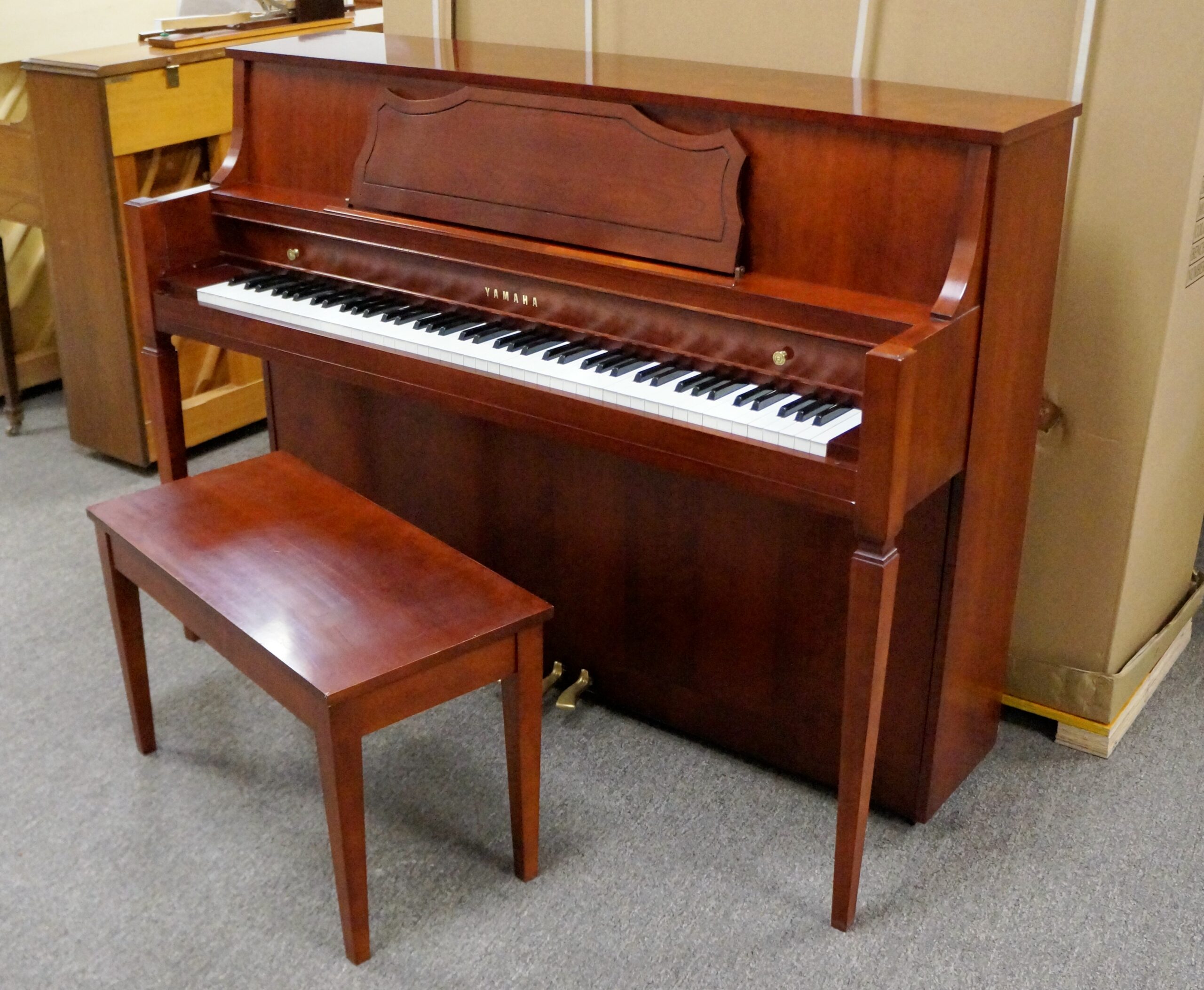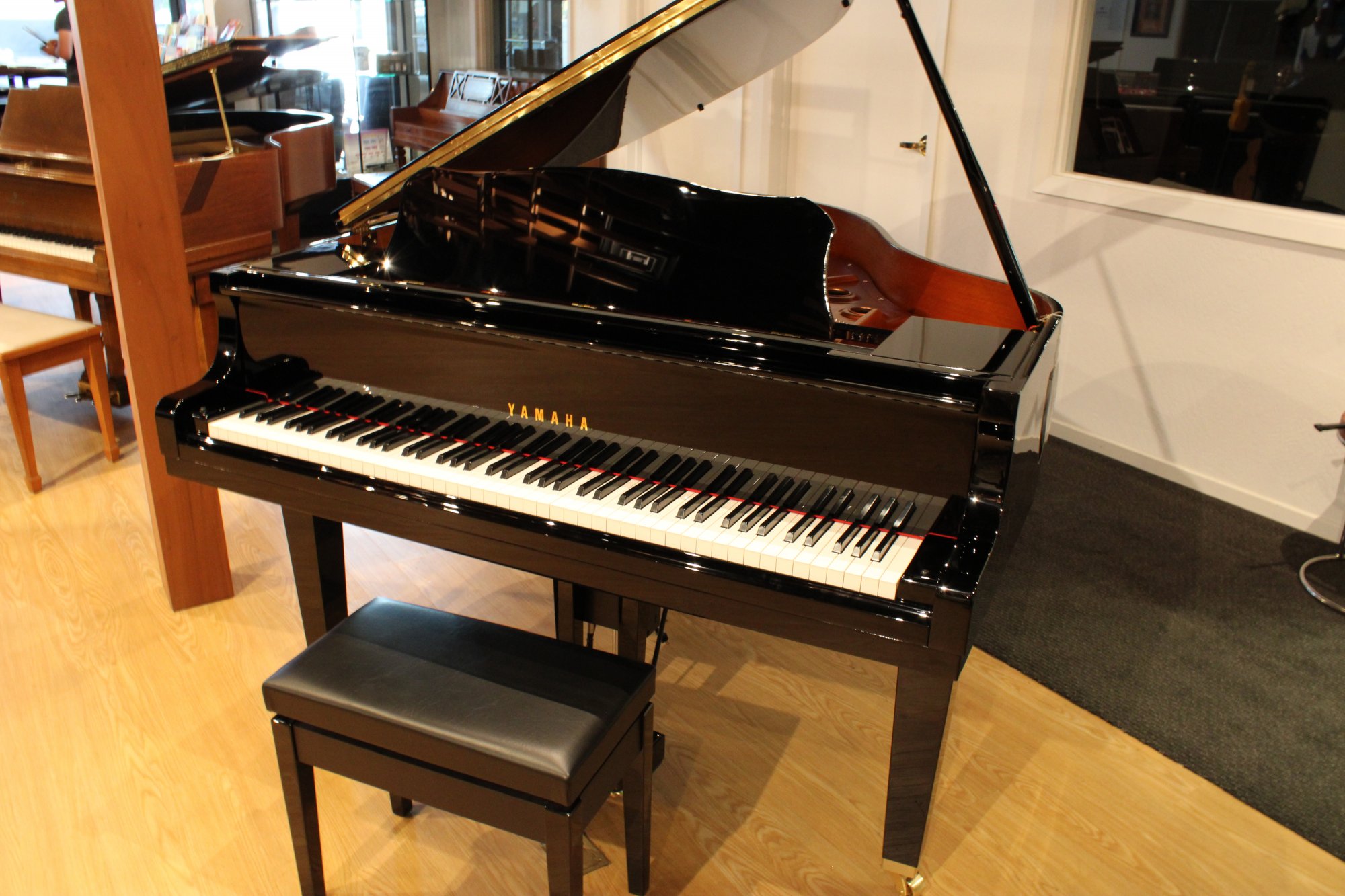Struggling to remember the strings on a guitar? As a beginner, it can be overwhelming trying to keep track of all the different notes and frets. But fear not, I’ve been there too! Learning how to play the guitar takes time and patience, but with the right techniques, you’ll have those strings memorized in no time.
In this article, I’ll share with you essential tips on how to easily remember the strings on a guitar. We’ll cover everything from using mnemonic devices and visualization techniques to incorporating repetition into your practice routine. By the end of this article, you’ll have all the tools you need to confidently strum your way through any song without needing to constantly check which string is which. So let’s get started on mastering those guitar strings!
So, how to remember the strings on a guitar?
Learning to play the guitar can be a fun and rewarding experience, but it can also be overwhelming for beginners. One of the first challenges that new guitar players face is remembering the strings on their instrument. With six strings to keep track of, it’s easy to get confused and frustrated. However, with some essential tips and tricks, you’ll soon have no trouble remembering the strings on your guitar.
Firstly, let’s start with the basics – there are six strings on a standard guitar: EADGBE. The thickest string (also known as the low E string) is closest to your face when holding the guitar in playing position. The next thinnest string is A, followed by D, G, B, and finally high E.
A helpful mnemonic device for remembering these letters is “Every Acid Dealer Gets Busted Eventually.” This may sound silly but creating an association or story around each letter can help solidify them in your memory.
Another useful tip is to practice saying or singing out loud each letter as you strum through all six strings starting from low E up to high E. This will not only help you remember their order but also familiarize yourself with how they sound individually.
Additionally, try visualizing where each string sits on your fretboard while practicing chord shapes or scales. You can even use colored stickers or markers on your fretboard to help you visually associate each note with its corresponding string.
Lastly, don’t be afraid to take things slow and give yourself time to memorize the strings at your own pace. It’s normal for beginners to struggle with this at first – just keep practicing regularly and before long it will become second nature!
Remembering the strings on a guitar may seem like a daunting task at first glance but with these essential tips in mind and consistent practice, you’ll have no problem mastering this crucial aspect of playing any song!
Understanding the Standard Tuning of a Guitar
The art of tuning a guitar is akin to the delicate dance between precision and creativity. When it comes to standard tuning, we’re talking about the configuration that resonates with our ears in a way that’s almost instinctual. The standard tuning for a six-string guitar, from lowest pitch string to highest, generally follows the pattern of E-A-D-G-B-E.
This sequence isn’t random – there’s an incredible sense of musical logic embedded within these strings. As you strum each one open (unfretted), moving from low E up to high E, you’re essentially exploring different notes on the music scale.
- E: This is your thickest string and it delivers a deep bass note.
- A: Next in line and slightly thinner than E.
The D, G, B strings progressively decrease in thickness as well as pitch while maintaining harmonic compatibility with their neighbors. And finally,
- E: Your thinnest string; this is typically where melodies come alive due its capability of hitting higher pitches.
Tuning your guitar well means every strum should feel like home – familiar yet always exciting – because truly understanding how these notes interact lays down the foundation for creating beautiful harmonies or thrilling solos on your beloved instrument.
Using Mnemonic Devices to Remember Guitar Strings
Using Mnemonic Devices to Remember Guitar Strings
Learning the guitar is no walk in the park! It takes persistence, patience and a lot of practice. But remembering which string is which can be an absolute nightmare. Luckily, there are ways to make it easier – like mnemonic devices. A mnemonic device is a fun little trick that helps you remember information, usually by associating it with something else you already know. For example, for the guitar strings EADGBE, one popular phrase people use is ‘Every Adult Dog Growls Barks Eats’.
Now let’s dive a little deeper into how these clever tools work. When your brain encounters new information (like those complex chord combinations), it tries to connect this unknown territory with something familiar – this makes mnemonics so effective! With time and practice, using mnemonics will have you strumming away effortlessly.
- Every: Represents the 6th or topmost string; known as low E because it gives off the lowest sound
- Adult: This stands for A on 5th string or second from top
- Dog: D refers to fourth from top or D-string
- Growls: G represents third down from top or G-string
- Barks: Stands for B on next-to-bottom string; often called second string
- Eats: Indicates high e-string at bottom producing highest pitch.
By using phrases such as ‘Every Adult Dog Growls Barks Eats’, all six guitar strings get ingrained in your memory faster than trying to memorize them individually without any context. So go ahead – pick up your guitar, break out your best mnemonic device and watch as you sail through those strings like a pro!
Read also: how to remember the strings on a guitar
Role of Visualization Techniques in Memorizing Guitar Strings
The role of visualization techniques in memorizing guitar strings cannot be overstated. It is a powerful tool that fosters learning and understanding, particularly for beginners who may find the process daunting. With six strings to remember – E, A, D, G, B, and E (from the thickest to thinnest), visualization can make this much easier. Let’s imagine each string as a different color or even assign them personalities if you are more artistically inclined! Visualization isn’t limited just to colors or characters though. You could also visualize the spacing between notes on each string (remembering how many frets apart they are), creating a mental map of your guitar’s neck.
Visual learning can often seem like an uphill battle when it comes to instruments because unlike words or numbers on paper, guitars don’t have anything written down for us. However, breaking down this task with visual methods makes it feel less overwhelming and more manageable.
- Create diagrams:
You could sketch out the fretboard with labeled notes which would serve as handy reference points.
- Pictorial memory aids:
Another useful technique involves drawing pictures that rhyme with or somehow remind you of each string note. Lastly,
- Mnemonic devices:
An old classic among musicians is using phrases where every word starts with the letter corresponding to a guitar string (“Every Amateur Does Get Better Eventually”). The use of such vivid imagery combined with creative wordplay helps solidify these concepts in our minds making recall simpler over time.
 how to remember the strings on a guitar
how to remember the strings on a guitar
Incorporating Repetition and Regular Practice into Your Routine to Remember Guitar Strings
Have you ever thought about the central role that repetition and regular practice play in remembering guitar strings? Just like learning a new language, mastering a musical instrument requires consistency. Now let’s focus on how to apply these principles to boost your memory of guitar strings. First off, commit yourself to daily practice sessions – it doesn’t matter whether they’re short ten-minute practices or longer hour-long ones. What matters is that you come back each day, fingers ready to dance across the fretboard.
Your next step should be developing an effective practicing method. Here are some strategies:
- Acronyms: Create a catchy phrase using the first letter of each string (E-A-D-G-B-E). For example: “Every Adult Dog Grows Big Ears.”
- Mental Imagery: Visualizing your guitar and its string layout can also help cement them into your memory.
- Fingering Exercises: Constantly repeating scale patterns strengthens not only muscle memory but also helps remember which note corresponds with which string.
Incorporate these methods into every practice session, interspersed with playing songs or improvising tunes for variety. This way you’ll find memorizing guitar strings becomes second nature before long! Remember – success might not happen overnight but with persistence and dedication, pretty soon those confusing mix of notes will transform into beautiful melodies under your fingertips.
You may also like: g3 yamaha piano price
Conclusion: Mastering Memorization of Guitar Strings for Better Performance
Mastering the memorization of guitar strings is as crucial to a guitarist’s performance as knowing how to strum and pick. It’s the backbone upon which all chords, scales, and melodies are built. In its essence, it’s like knowing your ABCs before you start forming words and sentences. Every budding guitarist starts with six simple letters E, A, D, G, B & E – from top to bottom respectively; these are not just strings on their instruments but sounds that form the very soul of their music.
To make learning easier and more enjoyable:
- E can be thought of as ‘Elephant’.
- A, remember it by visualizing ‘Apple’.
D , think about dancing or a ‘Daisy’ flower.- If G gives you trouble remembering it then associate it with ‘Grapes’.
B , keep in mind something bright like a ‘Balloon’ or a ‘Bluebird’- The last string is another E. It’s easy when we visualize an ‘Egg’.
Once these associations become second nature through diligent practice sessions,the fretboard loses its mystery, revealing itself for what truly is – a playground for creativity where each note resonates with purposeful sound. Mastering memorization not only expedites song learning process but also enhances improvisational skills since changing chords becomes intuitive rather than mechanical allowing musicians to invest themselves emotionally into performances thus touching hearts instilling memories that linger long after final notes have faded away.

